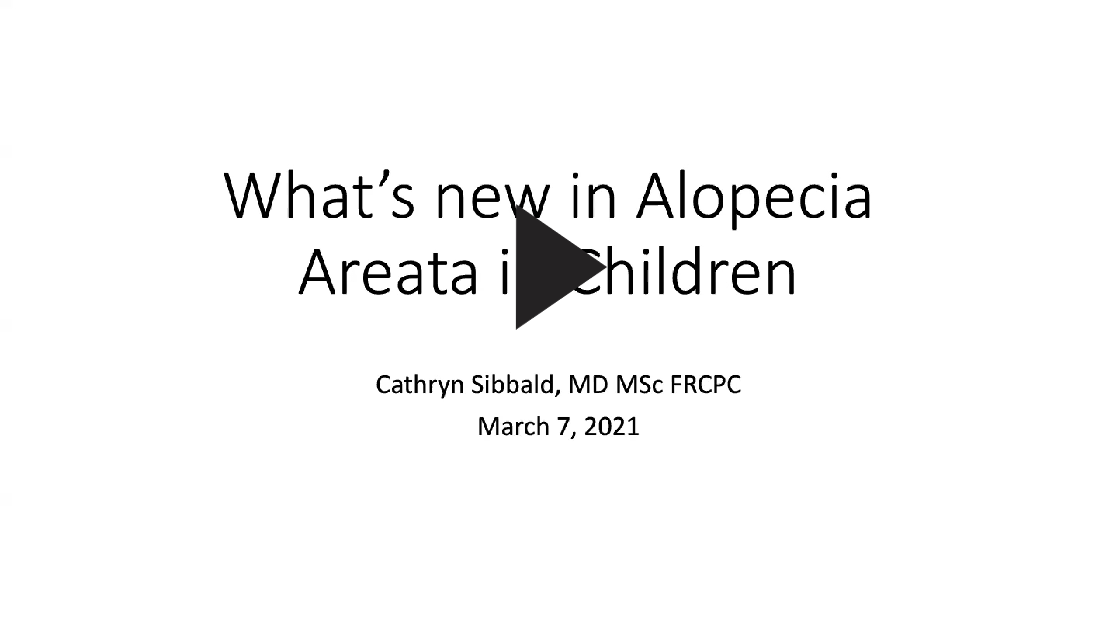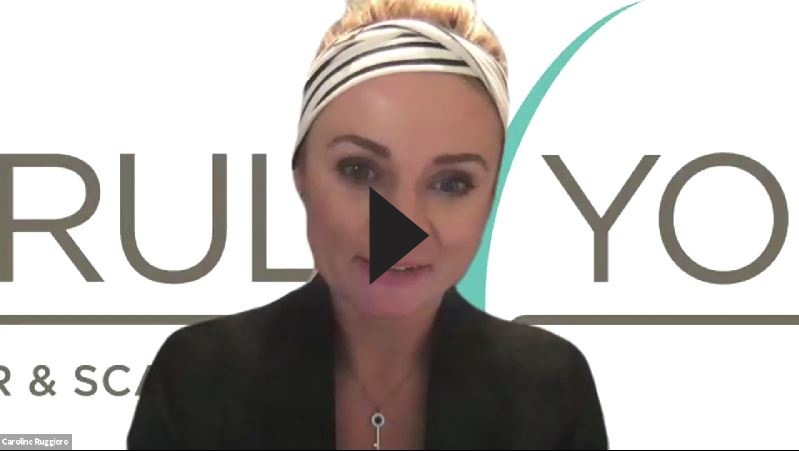Alopecia areata patients are primarily treated by dermatologists.
Dermatologists are physicians (medical doctors) that specialize in the diagnosis and treatment of diseases affecting the skin, hair, and nails.
There is no cure for alopecia areata.
However, there are many potentially effective treatments to choose from. Given the unpredictable nature of the disease, it is not possible to determine which treatments will be effective, or if the hair will fall out again when the treatment is stopped. Generally, localized alopecia areata responds better to treatment than other types, however, this does not mean that advanced alopecia areata (more than a few patches of hair loss) cannot be treated.
Treatments can be organized broadly into three classes: topical, intralesional, and oral.
The course of treatment typically follows the same pattern – starting with topical treatments and progressing to oral treatments if no success is achieved. It is important to understand that you get to decide if you would like to pursue treatment. If you are okay with your hair loss, or do not wish to pursue medical treatments, this is your choice. Speak with your dermatologist or primary care provider to devise a plan that works best for you.
The most popular and rapidly developing treatment for alopecia areata is the use of Janus Kinase (JAK) inhibitors.
JAK inhibitors are a class of drugs that inhibit a specific pathway involved in immune system signaling known as the Janus kinase/Signal transducer and activator of transcription (JAK/STAT) pathway. An abundance of research has found that the over-activity of the JAK/STAT pathway contributes to the autoimmune attack and suppression of the hair follicles’ ability to grow hair. As of December 2020, JAK inhibitors are not approved for the treatment of alopecia areata, but efforts are underway to have them approved within the next few years.


